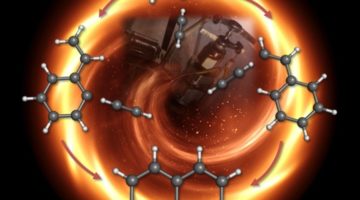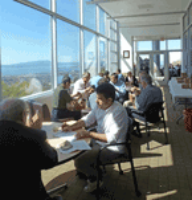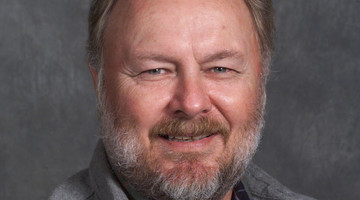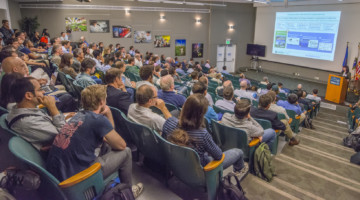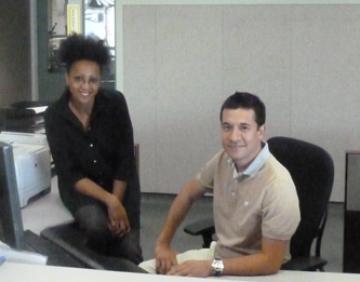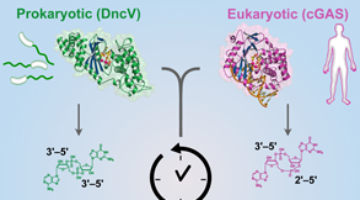All superconducting cuprates share a common structure: charge reservoirs stacked between layers of CuO2. An undoped version, including only C and O, is not available in nature. By growing epitaxial films with a pulsed-laser deposition facility, researchers stabilized a 2D version of CuO, which can be thought as composed by two CuO2 planes staggered and superposed.
All News & Updates
ALS Evidence Confirms Combustion Theory
Researchers recently uncovered the first step in the process that transforms gas-phase molecules into solid particles like soot and other carbon-based compounds. It’s a discovery that could help combustion chemists make more efficient, less polluting fuels and help materials scientists fine-tune their carbon nanotubes and graphene sheets for faster, smaller electronics. Read more »![]()
![]()
An Iridate with Fermi Arcs
Researchers have discovered that “Fermi arcs,” much-debated features found in the electronic structure of high-temperature superconducting (HTSC) cuprates, can also be found in an iridate (iridium oxide) compound—strontium iridate. Read more »![]()
![]()
ALS Workshop Highlights Diffraction-Limited Storage Ring Opportunities
On October 1-3, 2014, the ALS hosted a workshop on Soft X-Ray Science Opportunities Using Diffraction-Limited Storage Rings. The workshop charge was to elaborate transformational research opportunities that would be enabled by emerging storage-ring-based ultrahigh brightness. Read more »
Reminiscences of Bob Miller
Bob Miller passed away in October after a brief illness. He was a well-loved member of the ALS community, and even after his retirement in 2000, he was always around for advice and social events. He was well known for his love of the outdoors and for his passion for remote-controlled planes and boats. Memories fromRead More Read more »
ALS User Meeting Highlights Challenges, Accomplishments
The 2014 ALS User Meeting featured notable scientific speakers and a review of the year’s accomplishments as well as a look forward to dealing with challenging funding realities. In the midst of great talks and poster sessions, the more than 400 attendees were treated to the always informative and entertaining “Student Poster Slam,” which seems to grow every year. Read more »
Giselle Jiles and Angel Hernandez, User Office
User office guest registration “specialists” Angel Hernandez and Giselle Jiles play a unique role at the ALS—they are often the first line of face-to-face contact new users have when they arrive for their beamtime. As such, the two see themselves as the caregivers of the ALS user experience.
A New Link Between Human and Bacterial Signaling Machinery
Researchers showed that a bacterial signaling protein critical for pathogenesis in Vibrio cholerae is actually a homolog of the human enzyme, cGAS, which detects invading DNA. These results reveal a surprising evolutionary connection between bacterial signaling and human innate immunity. Read more »
For the Birds: The Magic of Color in Feathers
The beauty and wild colors of bird feathers are derived from the combinations of relatively few molecules. Research at the ALS shows that the expression of colors (or melanin), depends on the proportion of the molecules.
Read more »
Skyrmion Behavior Revealed by Two X-Ray Studies
Two research groups have recently published separate studies in which soft x-rays reveal how skyrmions—quasiparticles made up of spin vortices—react to external fields. Their work lays the foundation for understanding these fascinating constructs and eventually utilizing them in spintronic applications. Read more »![]()
![]()
- « Previous Page
- 1
- …
- 128
- 129
- 130
- 131
- 132
- …
- 139
- Next Page »
